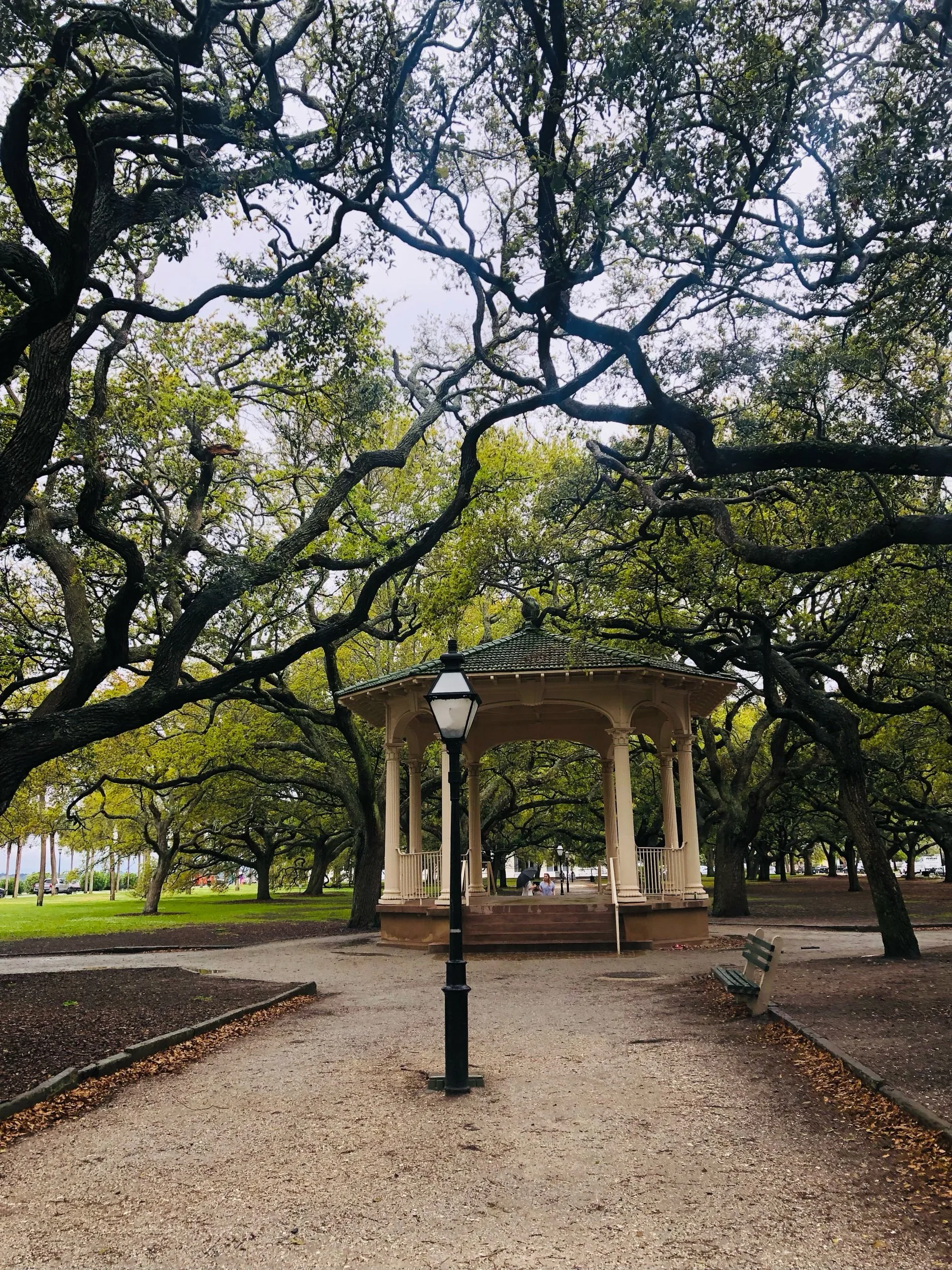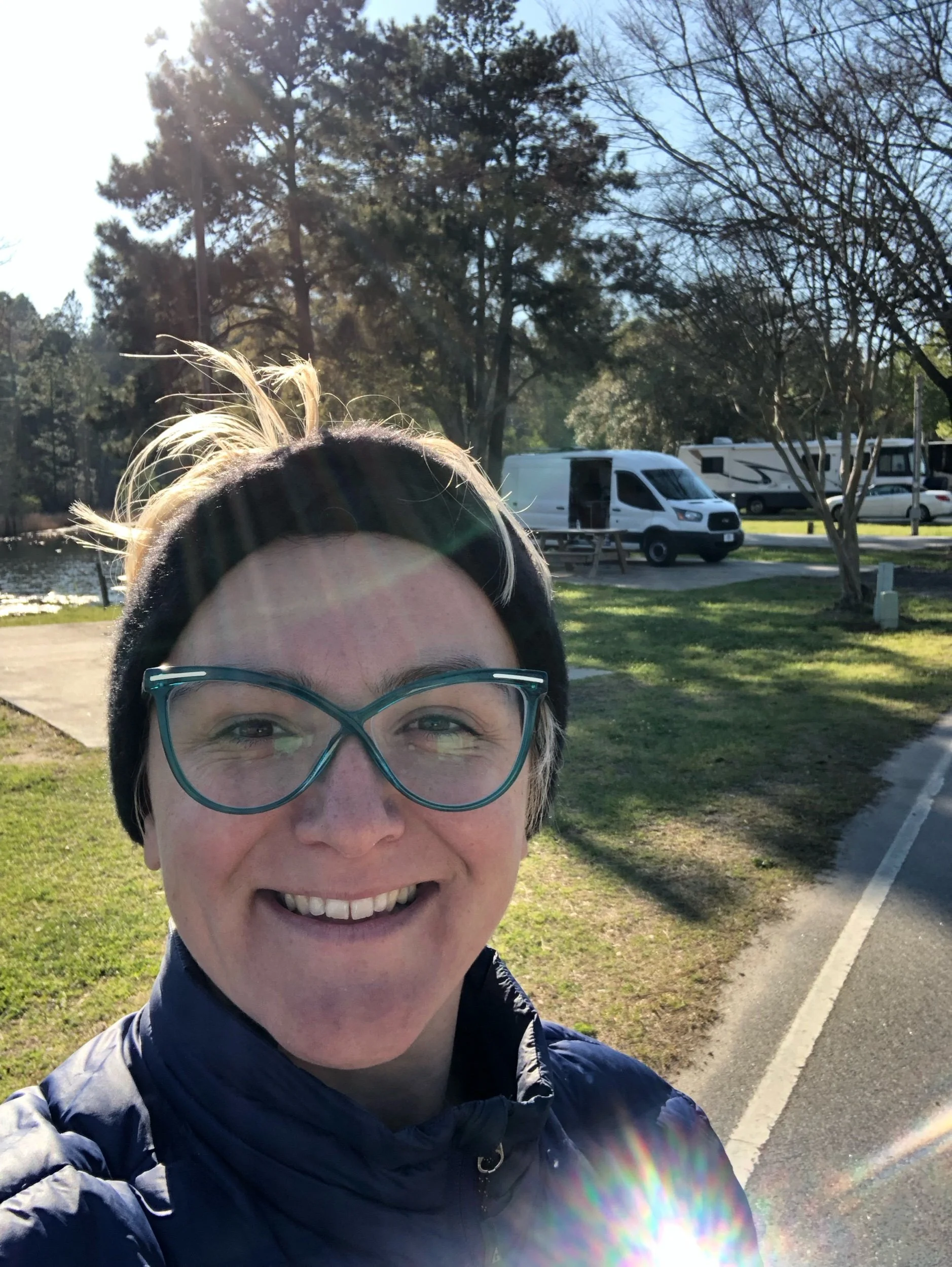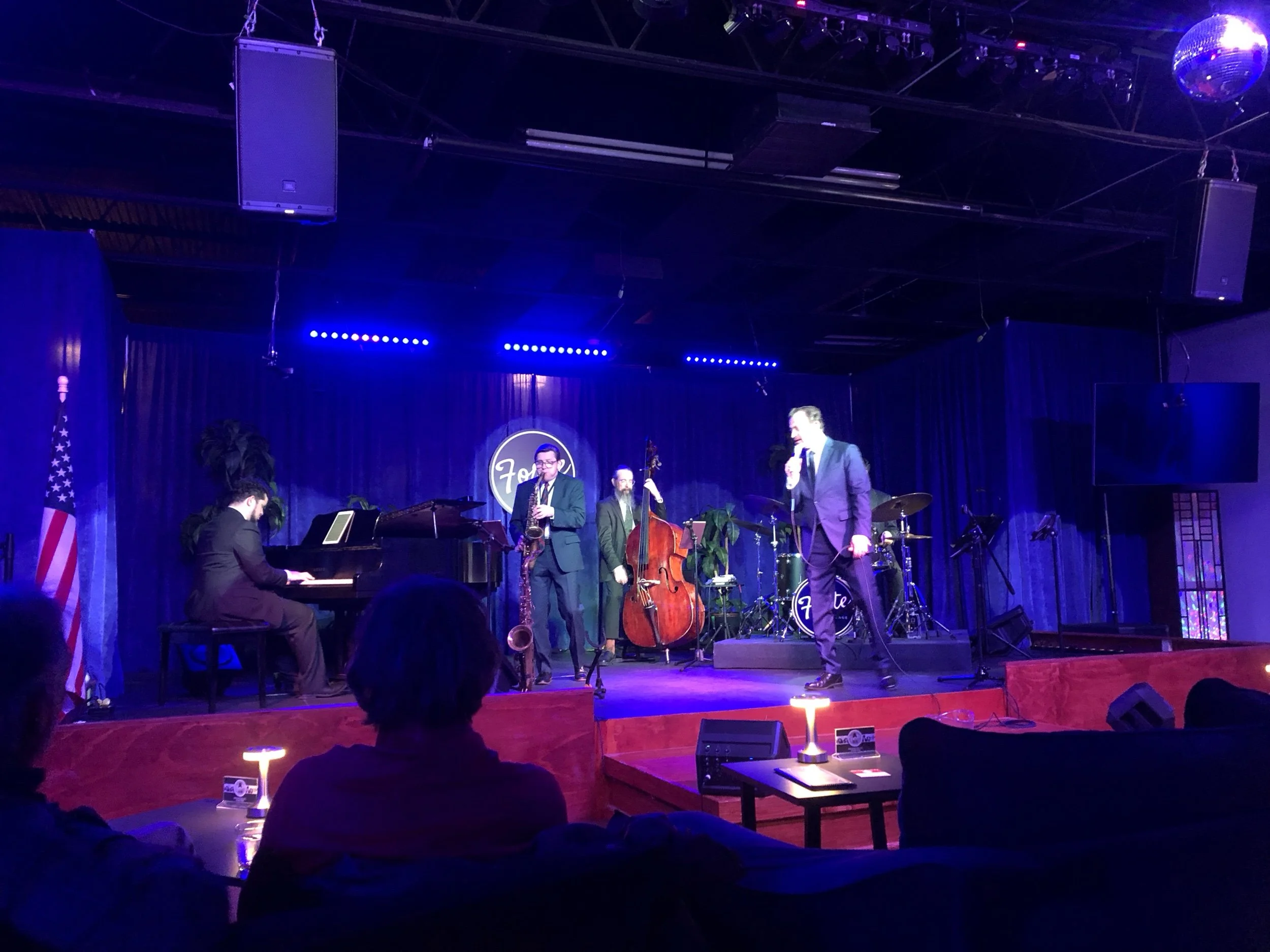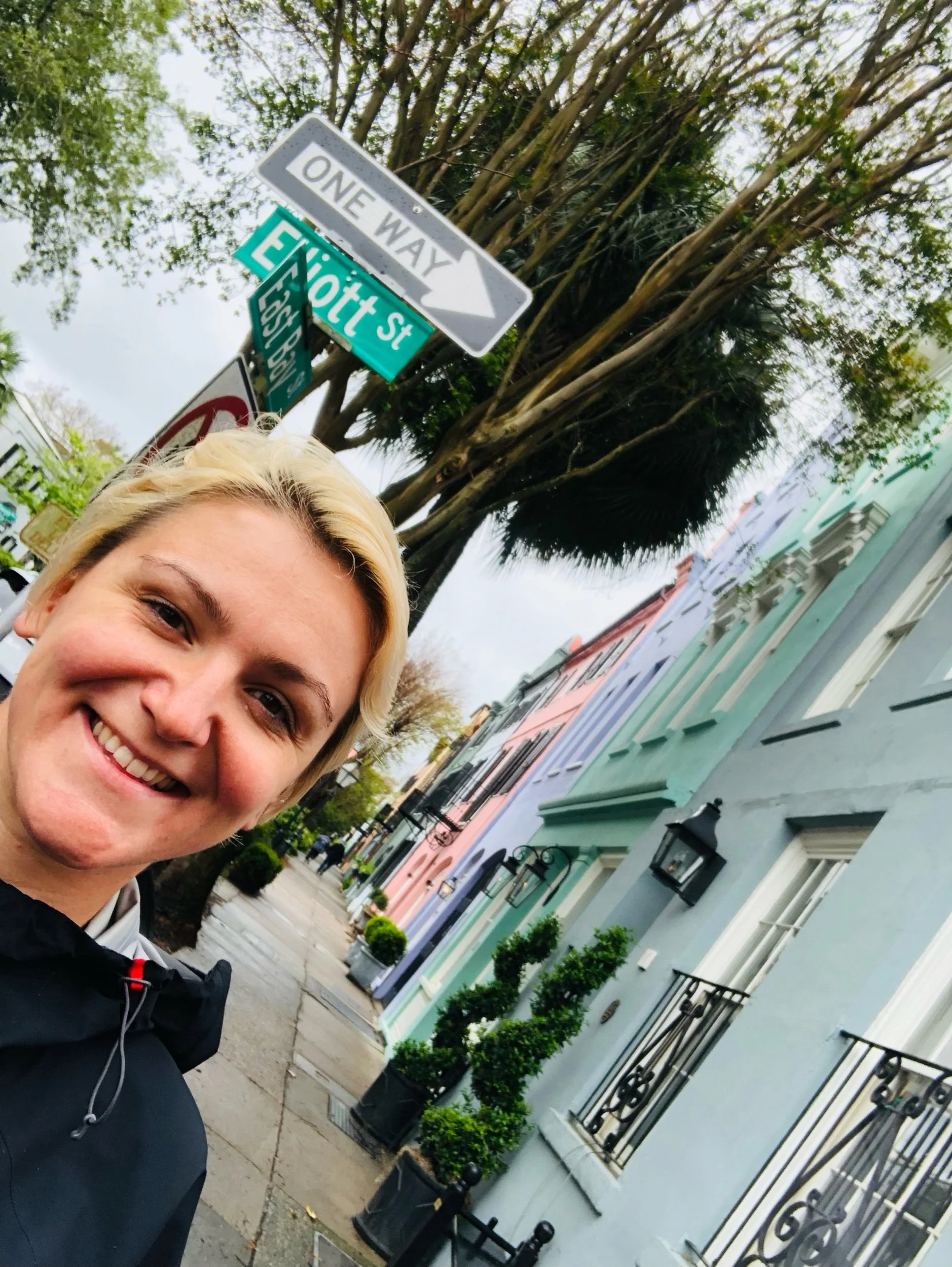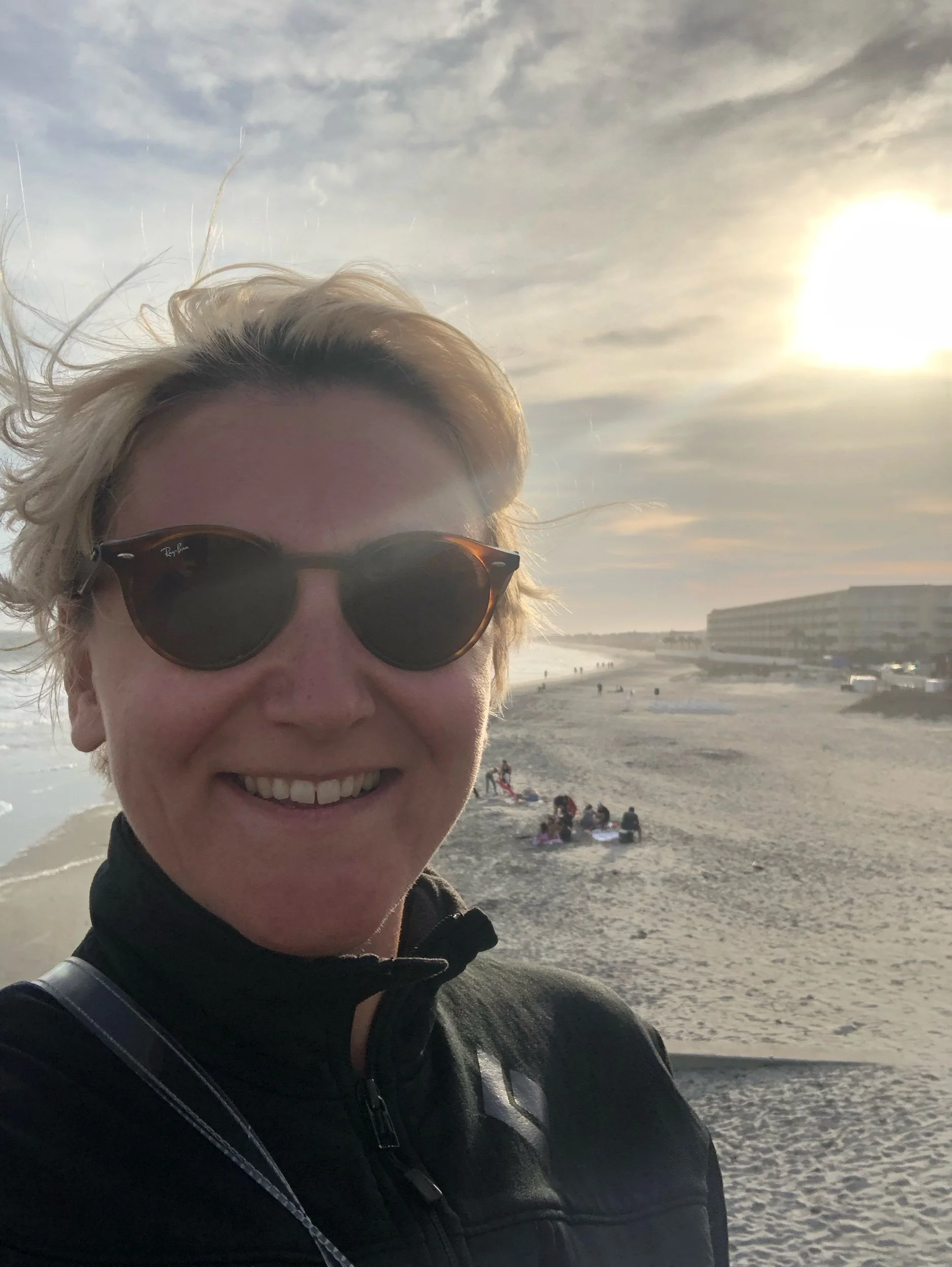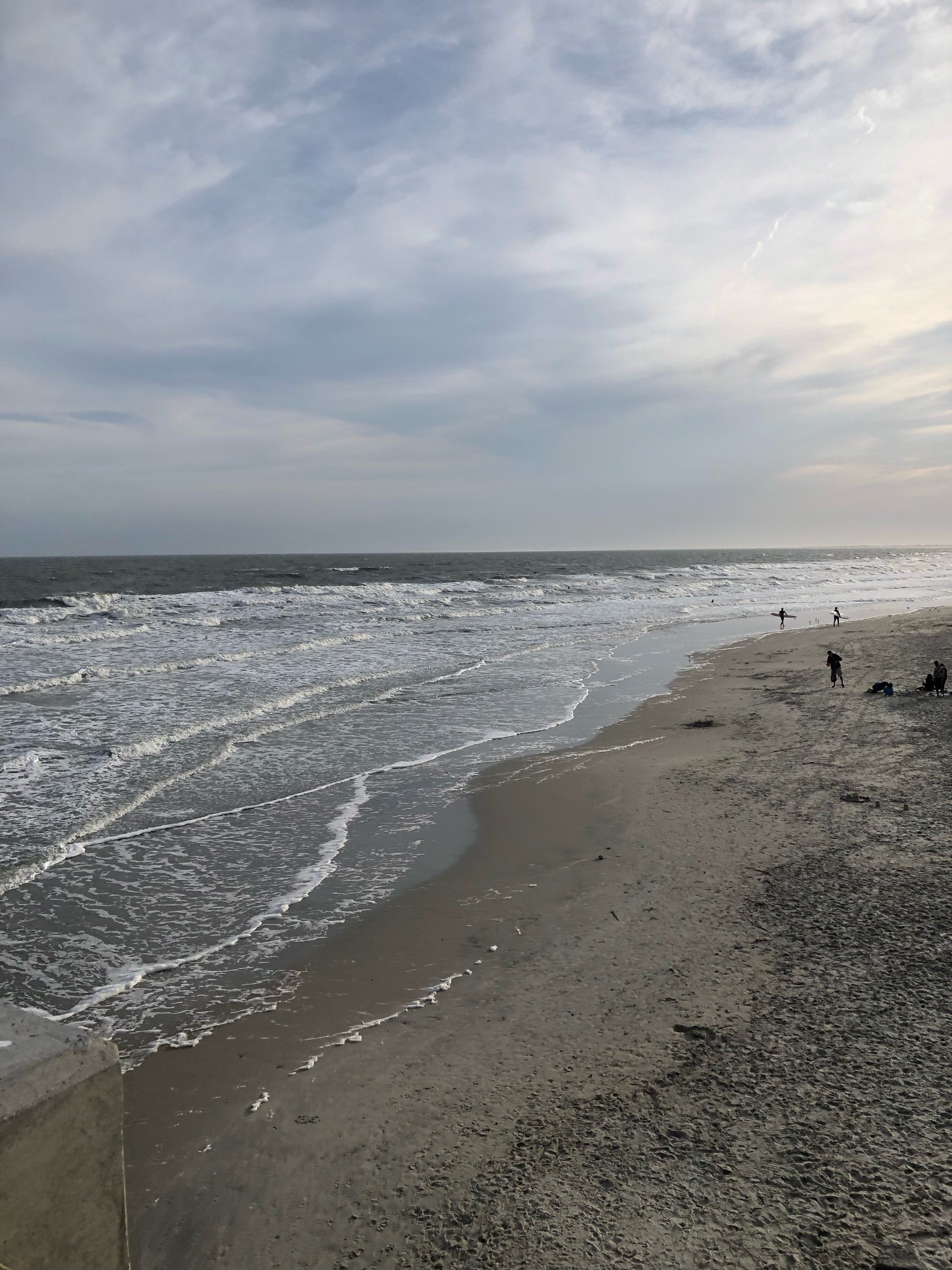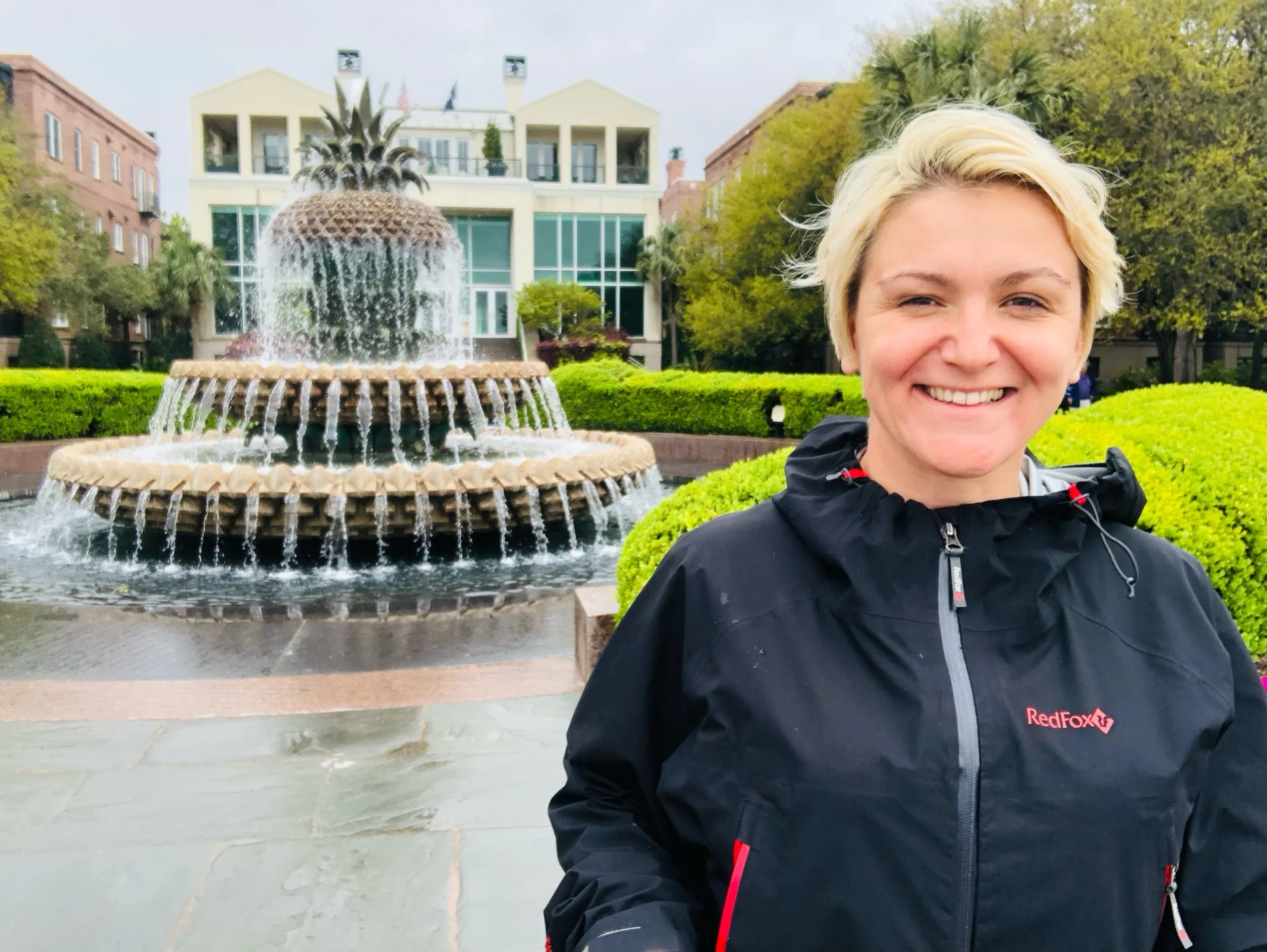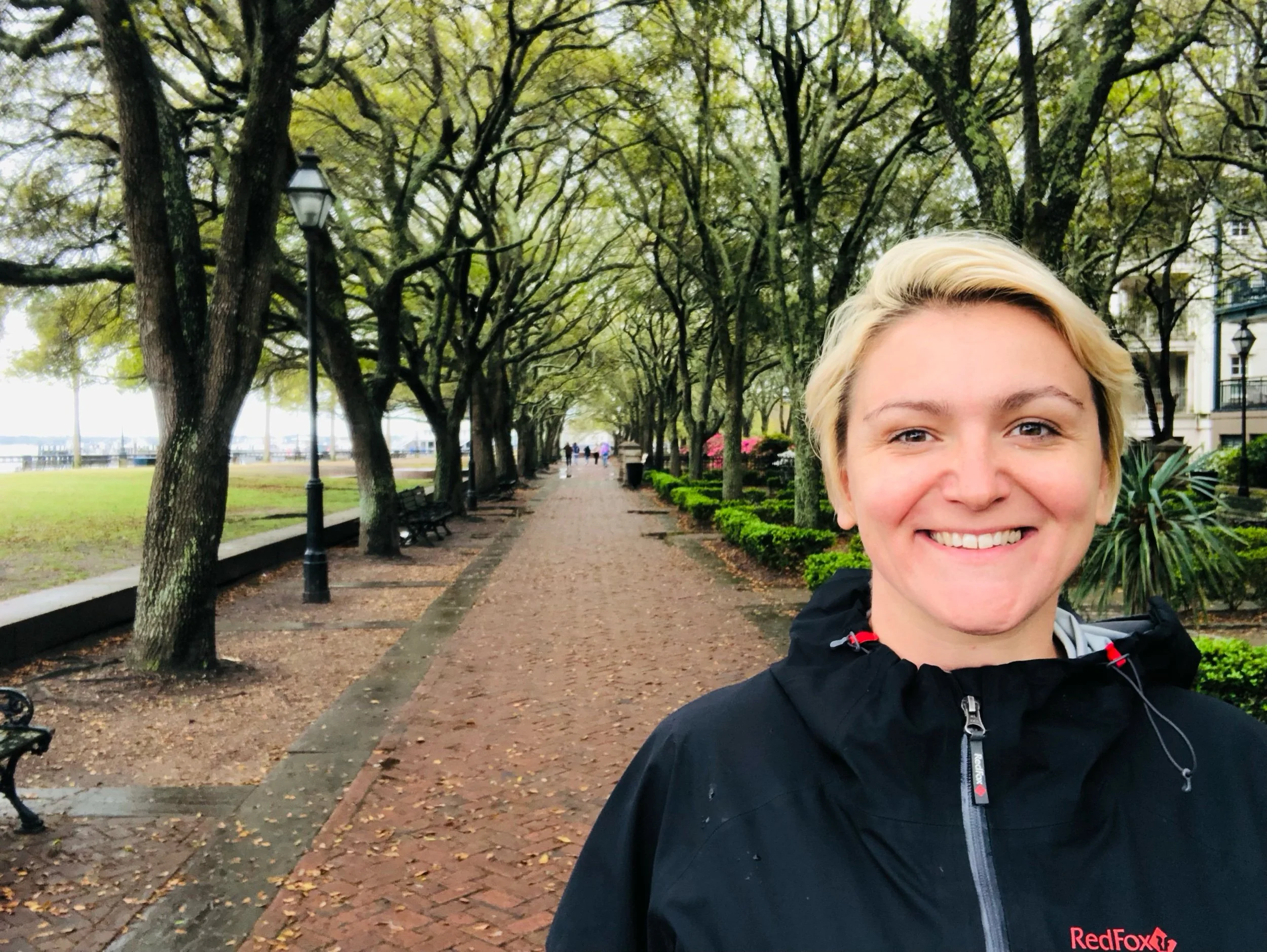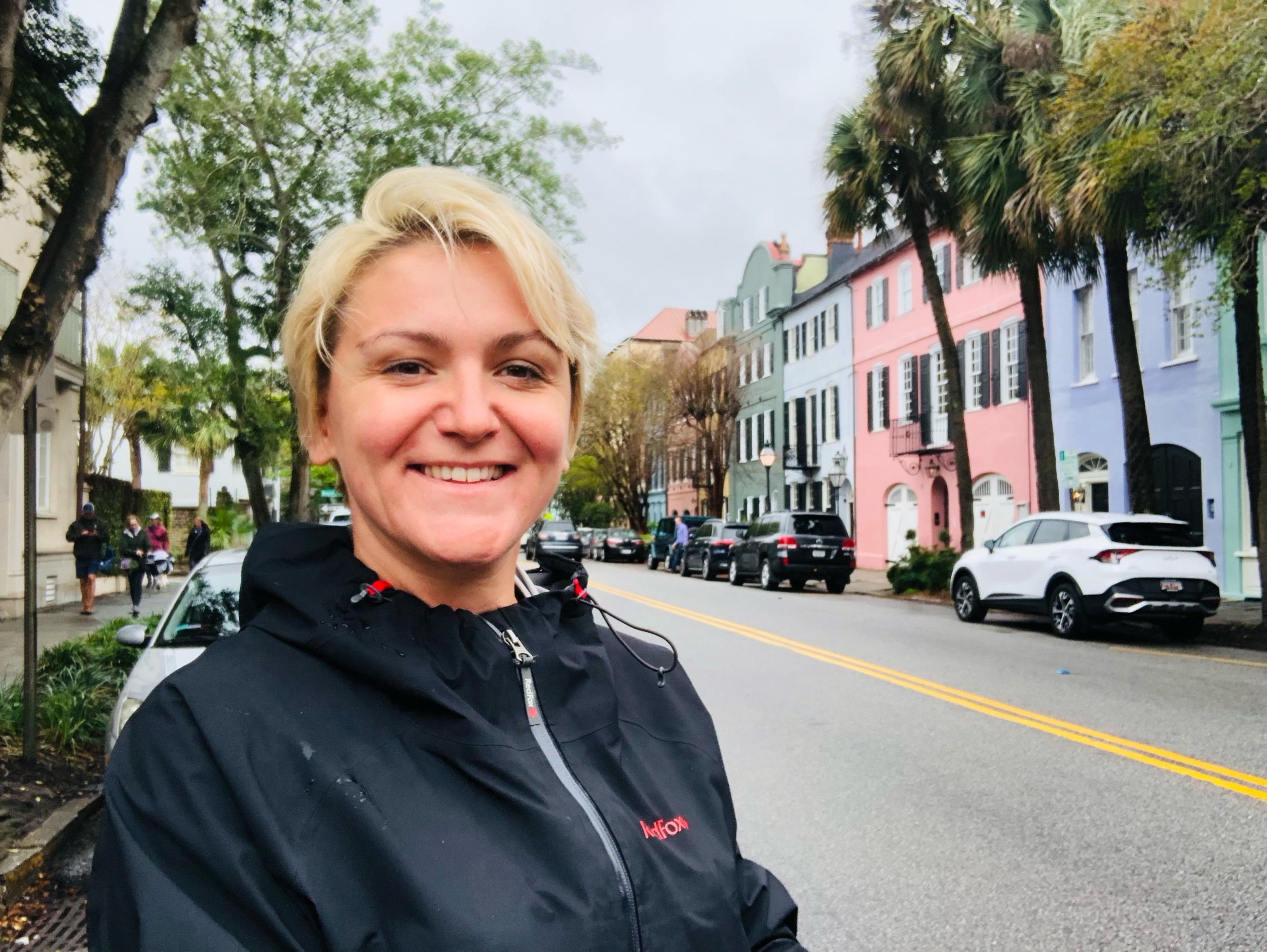“Charming” and controversial Charleston
After a fabulous stay in Georgia, it was time to head more north solo towards South Carolina. The Georgia coast is so small, that it felt like in a blink of an eye I saw the South Carolina welcome sign.
I decided to head more west towards the mountains to a campground on Lake Moultrie. Unfortunately this was one of those stays where I had to pivot and make a decision to leave early due to the terrible conditions at the campground. This location was originally created as a marina. Then the owners decided to put some campsites. Clearly they were unfamiliar and ill prepared for campground management. I won’t go into the details but let’s just say the sanitary conditions were less than ideal (to put it mildly). I knew something like this could happen to me, so I was mentally prepared to shift gears at any time. Even though this meant I would lose some money, I am so glad I found a spot in James Island County Campground in Charleston for two nights.
The new campground had so many amazing amenities: an obstacle course, zipline, climbing wall, big dog park, a hiking trail, outdoor pool and only 15 minutes from downtown. I could see why most people book a year in advance for this place. I also happened to stumble on an Airstream gathering. It was so cool to see so many different Airstreams in one place. I learned that they have an international organization with local chapters and no two airstreams are built alike.
The first day I checked out the hiking trails and also went downtown to listen to some live jazz at Forte Jazz Lounge. King street was bustling with young college kids and a very diverse selection of restaurants and bars. The ice cream from Jeni’s Splendid after my dinner at the jazz club was the perfect late night treat.
The following day I had some afternoon time to check out Folly Beach and then headed to Ellis Creek Fish Camp for dinner. The dog menu, the friendliest bartender Amanda and the incredible views of the marsh definitely made me want to come back again.
The following day was time to explore downtown before heading to Myrtle Beach. I first started at the McLeod Plantation. It was timely and important that I decided to take the guided tour of this historic landmark. I learned so many interesting facts that really affected how I thought about the South and it’s current political climate. Some of the facts that really struck me were:
Sea cotton is the hardest cotton to harvest. Slaves were expected to harvest 200 pounds a day. Only women and children worked in the fields as men were expected to do more experienced labor in the processing plant.
Children were sent to the field as soon as they could learn how to walk.
The workday consisted of waking up 2 hours before sunrise and working until 3 hours after sundown.
After slave ships stopped coming from Africa, women slaves were expected to birth one child each year. One woman birthed 32 children out of which only 8 survived. Only 20 percent of children survived after their first birthday.
If a woman was impregnated by a plantation owner, laws were made to where the child followed the legal status only of the mother. This meant some sons and daughters of the owners became their slaves.
Children slaves were also purchased to be a plaything or a doll for the owners’ children. This meant these children were taken away from their families as early as age 4.
After slavery was abolished, laws were put in place to create felon slavery and indebted servitude. Black people were not allowed to walk without permission slips and if caught were sent to jail. To be released they were indebted to a white person. The police was self created by the plantation owners and the sheriffs were following sentencing arbitrary guidelines set by the owners. Slaves continued working on the plantation until the debt was paid off. Debt was transferred from generation to generation.
Up until 1990 on the McLeod plantation slaves lived and were paying off eight generation debt. They would have still lived there had the last remaining McLeod family member who had no children hadn’t died.
It took 7 months for the City of Charleston to negotiate to turn the plantation into a museum. This process was delayed because the trustees did not want these stories of slavery to be told.
In 2015 Dylann Roof took the plantation tour and complained about the validity of these stories before he wrote a white supremacist manifesto and murdered nine people at Emmanuel African Methodist Church.
I wanted to write down these facts because my tour of downtown Charleston continuously made me question the “southern Charm” of this town. Like Rainbow Row with it’s pastel colored houses, or The Battery which had statues of Confederate soldiers, or the Confederate Museum conveniently tucked away at the city market and mischievously marketed as the “Civil Museum” while proudly displaying the flag and other artifacts inside. How much of this town was built upon the blood, sweat and trauma of black people? How much of the opulence and wealth touted in these plantations was only transferred generationally due to the exploitation and degradation of other humans? How would I possibly feel if I walked down those Charleston streets or visited a campground like the one by the lake where I saw election signs stating “Make Liberals Cry Again” and Confederate flags proudly displayed on some campsites as a person of color?
I am stopping my post here because I want you the reader to pause and reflect. To never forget those ancestors who remain unnamed to this day, but whose stories matter the most.

